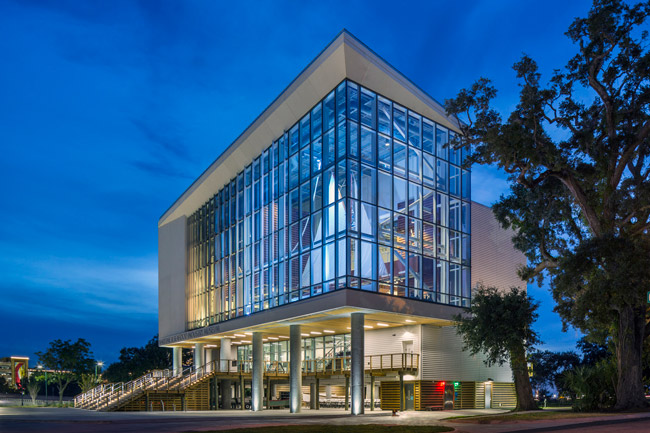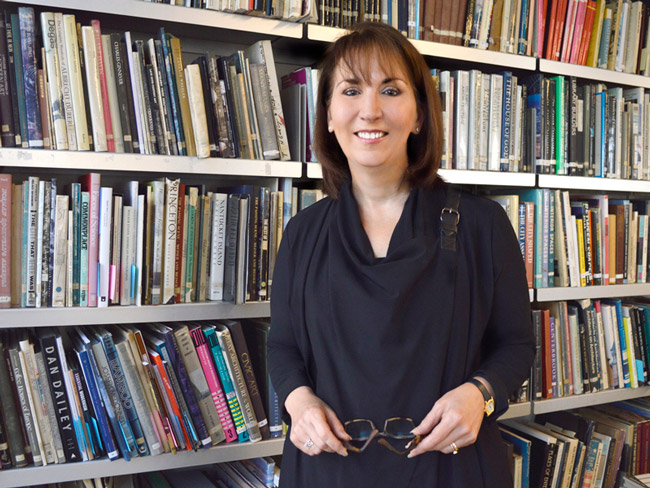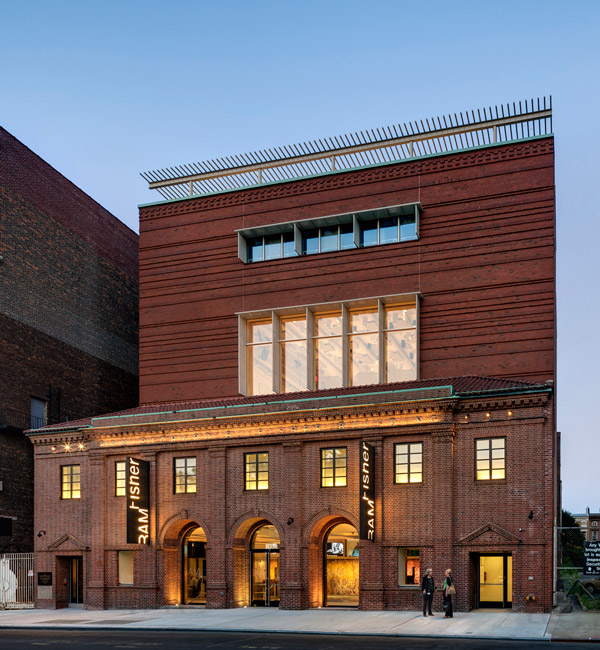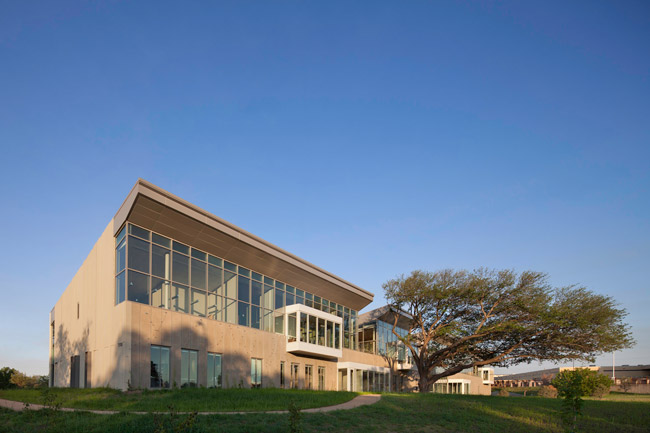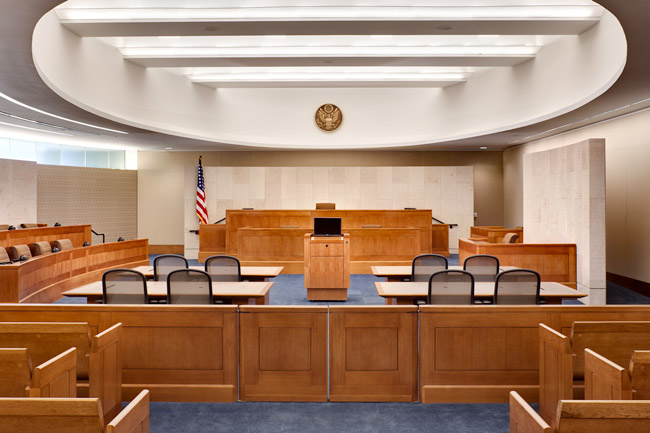by: AIA New York Chapter
Daria Pizzetta, FAIA, Principal, H3 Hardy Collaboration Architecture, has had a leading role in shaping the evolution of library design nationally, as well as the discourse about the design of major public buildings and arts institutions. Pizzetta’s practice has incorporated a strong emphasis on programmatic needs to develop civic and academic buildings that are right-sized, flexible and adaptable for community use. Her library buildings emphasize the need for the building to be designed “from the inside, out” to accommodate the variety of materials and technology housed within modern library structures, while her performing arts and museum projects consider performance and exhibition needs specific to each institution.
The 2017 Jury of Fellows of the AIA elevated Pizzetta to its prestigious College of Fellows in the second category of Fellowship, which recognizes architects who have “Advanced the science and art of planning and building by advancing the standards of architectural education, training or practice,” according to the AIA’s definition of Fellowship. Now among the AIA membership’s three percent distinguished with Fellowship and honorary Fellowship, Pizzetta was honored at the New Fellows Reception hosted by AIA New York last month and will also be recognized at an investiture ceremony at the AIA Conference on Architecture 2017 later this month in Orlando.
Q: What is your favorite project you’ve worked on?
A: My favorite project is for the Maritime and Seafood Industry Museum. The Museum is located in my hometown, Biloxi, MS, and was destroyed by Hurricane Katrina. My grandfather was a commercial shrimper and my grandparent’s home was located one block away from the Museum site. I had a very personal connection to the project, as I knew a lot about the exhibits and the people that the Museum honors. I also had to world’s best client, who believed I had the talent and the vision to create a building that would honor Biloxi’s past and establish cultural icon for future generations to enjoy.
Q: What is your earliest memory of experiencing architecture?
A: I grew up near New Orleans and it was always a thrill to go visit the French Quarter. There was something about the coherence of the style, the scale, and the ornamentation of the Quarter that made this place magical. I think this is one of the reasons I became a “city” girl and think that the perfect vacation is roaming through Europe, just looking at buildings.
Q: Who do you most admire?
A: I most admire my clients who are librarians. They are incredibly connected to their communities, know what their patrons want in library services and buildings and are used to working on shoe-string budgets. They are incredibly adaptable professionals in that they manage both the world of print and technology as they guide patrons to information. Not only are my librarian clients always prepared for every meeting and workshop, their responses are always considerate and focused on what is best for the public.
Q: What are you working on right now?
A: I am currently working on a 250 seat theater located in Greensboro, Vermont, the Dahesh Museum’s relocation to an Upper East Side townhouse and a project for the Fort Lee Film Commission and Borough of Fort Lee to design a museum and movie theater dedicated to silent film.
Q: What does being a Fellow mean to you?
A: It is truly on honor to be elevated to Fellow by my peers for they understand both the joys and frustrations of creating a building. It is also recognition of the talented colleagues, engineers, contractors and clients that I have known throughout my career. Putting together my Fellow application gave me the opportunity to reflect on the diverse people I have met and places I have been and the opportunities I have been give to influence the built environment and for this I am grateful.
Editors’ Note: This feature is part of a series celebrating the 18 members of the American Institute of Architects (AIA) New York Chapter that have been elevated to the prestigious AIA College of Fellows in 2017, an honor awarded to members who have made significant contributions to both the profession and society. Learn more about Fellowship here.








